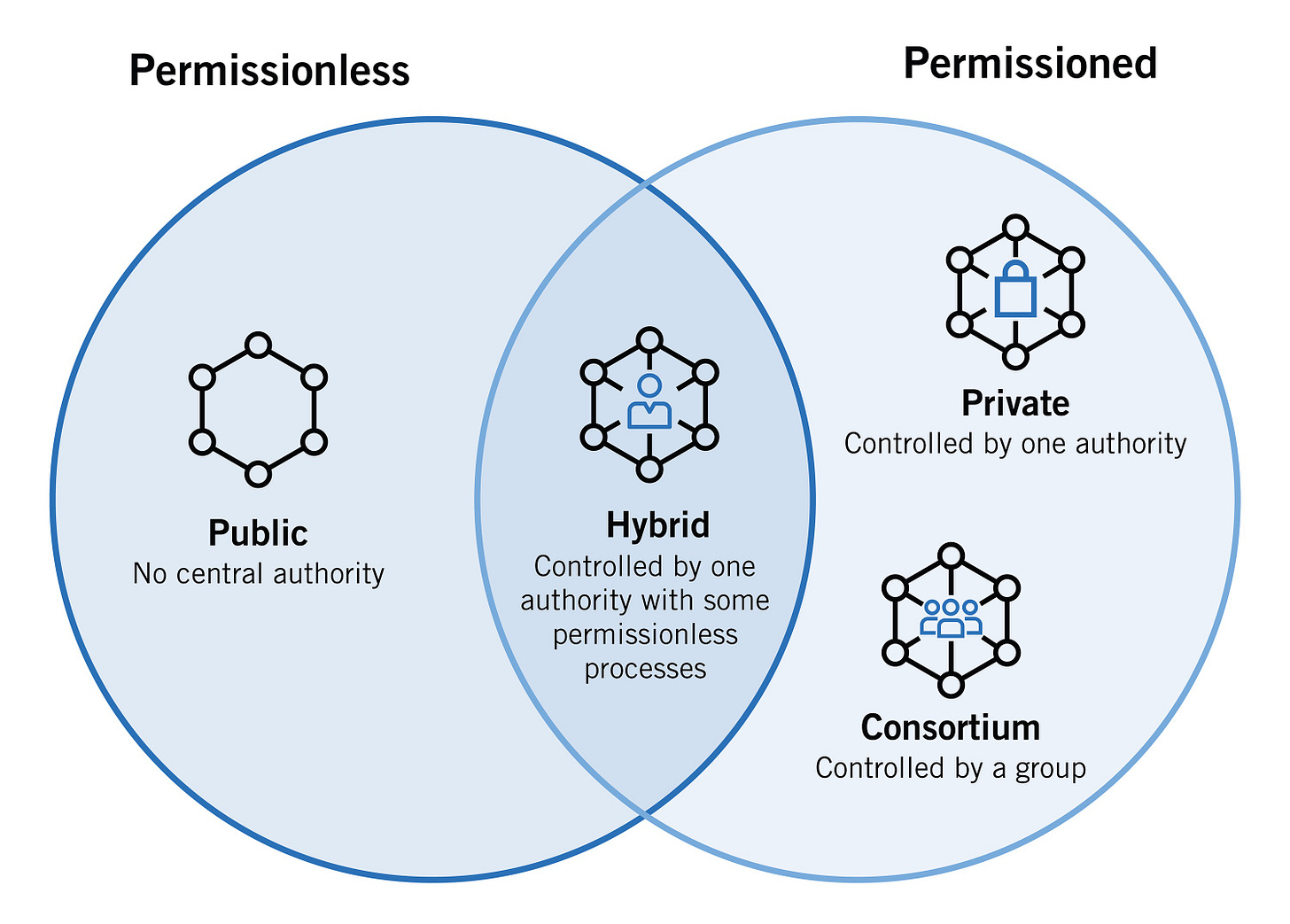The Healthcare Zero-Knowledge Future: A Technical Vision for Private Health Data Exchange
The potential transformation of healthcare data exchange lies not in public blockchains alone, but in the sophisticated combination of advanced cryptographic primitives that enable true privacy while maintaining verifiability. Let's explore how modern cryptography could revolutionize healthcare transactions while ensuring absolute privacy.
The Cryptographic Foundation
At the heart of a private healthcare transaction network would be three core cryptographic concepts: ring signatures, stealth addresses, and confidential transactions. Together, these create a system where transactions are verifiable but untraceable, auditable but private.
Ring signatures allow a transaction to be signed by one member of a group without revealing which member signed it. In healthcare terms, this means a provider could submit a claim that's verifiably legitimate without exposing their entire claims history. Each claim submission would be mixed with other legitimate claims, making it impossible to track patterns of submission while maintaining cryptographic proof of authenticity.
Stealth addresses generate unique, one-time addresses for each transaction. Even if a provider submits multiple claims to the same payer, each would use a different address, making it impossible to link them together without the proper viewing keys. This prevents anyone from building a profile of provider-payer relationships or patient care patterns.
Confidential transactions hide the actual amounts being transacted while proving they're within valid ranges. This allows for verification that claims and payments match contracted rates without exposing the actual amounts to outside observers. The network can verify that no fraudulent amounts are being processed without knowing what those amounts are.
Zero-Knowledge Proofs in Healthcare
The real power comes from combining these primitives with zero-knowledge proofs. These mathematical constructs allow one party to prove to another that a statement is true without revealing any information beyond the validity of the statement itself.
In healthcare, this enables revolutionary capabilities:
Providers can prove they're in-network without exposing their entire contracting history
Claims can be verified against clinical guidelines without exposing the underlying clinical data
Prior authorizations can be automatically validated against criteria without exposing protected health information
Payment integrity can be verified without revealing negotiated rates
The Technical Architecture
The system would operate on multiple layers:
The Base Layer: A distributed ledger recording encrypted transactions and zero-knowledge proofs
The Protocol Layer: Standardized formats for claims, eligibility, authorization, and payment transactions
The Privacy Layer: Cryptographic protocols ensuring transaction privacy while maintaining verifiability
The Application Layer: User-facing systems that interact with the protocol while managing keys and access
Every transaction would generate multiple interconnected proofs:
Proof of claim validity without exposing claim details
Proof of provider credentials without exposing provider identity
Proof of patient eligibility without exposing patient information
Proof of payment without exposing payment amounts
Data Analytics with Privacy
Perhaps most revolutionary is the ability to conduct sophisticated analytics while preserving privacy. Through homomorphic encryption and zero-knowledge proofs, researchers could:
Analyze treatment patterns without identifying providers or patients
Study outcomes across populations while maintaining individual privacy
Track public health trends without compromising personal health information
Conduct medical research on real-world data while preserving confidentiality
The system would support complex queries that return provably accurate results without exposing the underlying data. Researchers could verify the statistical validity of their findings without ever accessing individual records.
Regulatory Compliance and Security
This architecture would exceed current regulatory requirements by making privacy mathematically guaranteed rather than just legally mandated. The system would be:
HIPAA-compliant by default through mathematical privacy
Immune to data breaches since sensitive data is never exposed
Resistant to replay attacks through one-time address generation
Protected against collusion through ring signature properties
Implementation and Adoption
Transitioning to such a system would require careful orchestration:
Initial deployment focused on simple claims transactions
Gradual expansion to more complex workflows
Integration with existing systems through secure bridges
Development of user-friendly key management solutions
Creation of industry standards for cryptographic healthcare transactions
The Economics of Privacy
The system creates natural economic incentives for participation:
Reduced administrative costs through automated verification
Eliminated clearinghouse fees through direct cryptographic submission
New revenue opportunities from privacy-preserving data access
Competitive advantages from real-time processing capabilities
Beyond Technical Architecture
Success requires more than technical excellence. The system must:
Be intuitive enough for non-technical users
Scale to handle millions of daily transactions
Integrate with existing workflows
Provide clear business value
Meet regulatory requirements
Support disaster recovery
Enable dispute resolution
The Path Forward
Building this system requires collaboration between:
Cryptographers to design the privacy protocols
Healthcare experts to define the business rules
Regulators to approve the approach
Providers and payers to adopt the system
Technology vendors to build the tools
The result would be a healthcare system where:
Privacy is guaranteed by mathematics
Transactions are instant and verifiable
Fraud is cryptographically impossible
Analytics preserve individual privacy
Innovation flourishes within a secure framework
This isn't just a technical upgrade - it's a fundamental reimagining of how healthcare information can flow privately and securely. The technology exists. The need is clear. The opportunity is to build it thoughtfully and collaboratively, creating a system that serves all stakeholders while protecting what matters most: patient privacy and care quality.



Trey, not to exaggerate, but this is pretty much what we're building at MyLigo with W3C standards for ZKPs. I would welcome a chance to discuss further.